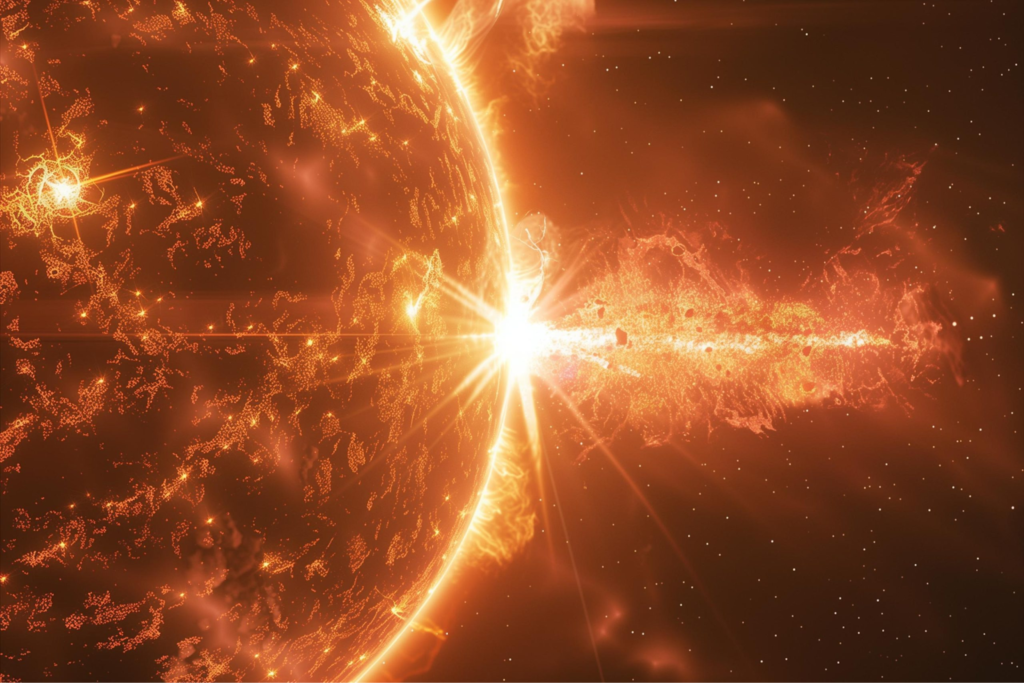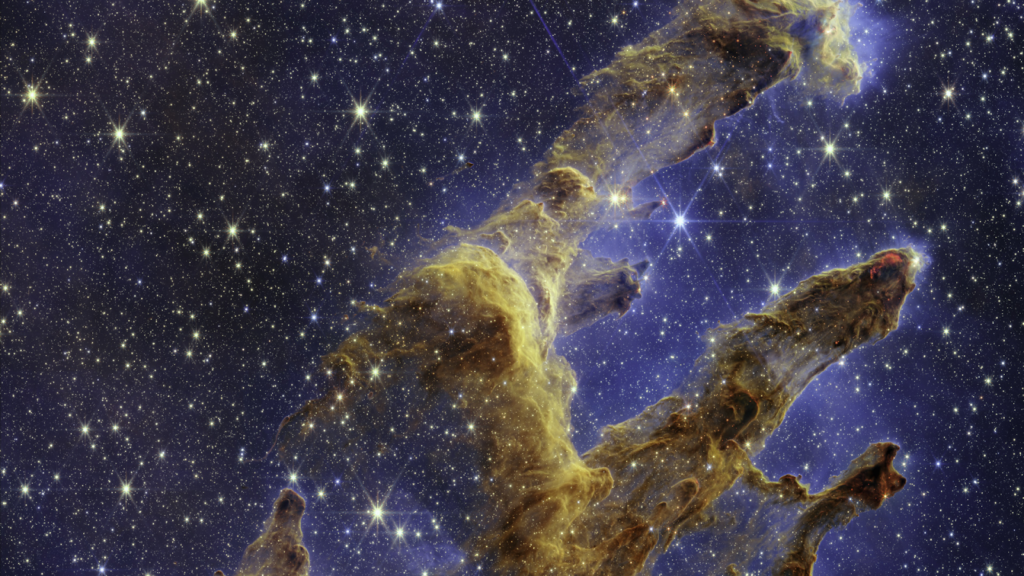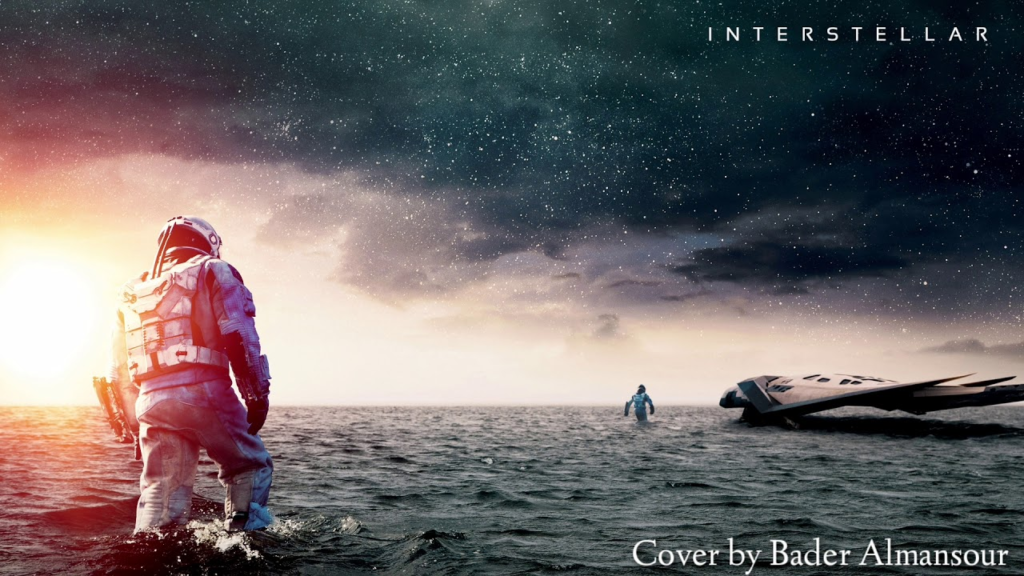🌌 Noise in Space: Is the Universe Really Silent?
The idea that space is silent is actually a sensory illusion. Sound travels through vibrations in air; since space is nearly a complete vacuum, we can’t hear sounds in the way our ears are used to. However, this doesn’t mean the universe is truly silent. Many sources in space, from stars to black holes, emit electromagnetic waves and radio signals. By capturing and processing these signals using radio telescopes, we gain the chance to listen to the cosmic whispers. Explosions on the surface of the Sun, waves from distant galaxies, and even the regular pulses of neutron stars all show that space is actually a rather noisy place.
These signals are not just scientific data; they’re also like a cosmic symphony for humanity. NASA’s Voyager 1 spacecraft, even after leaving the Solar System, continued to record plasma waves, and these data were converted into sound waves and released as the “sound of space.” These recordings not only appeal to our senses but also help us understand the structure of the universe, the density of the intergalactic medium, and the effects of cosmic events. Perhaps space is far more “talkative” than we think; we just need to learn its language.

☀️ Solar Cycles: Why Is the Sun’s Rhythm Important?
The life of the Sun is not just about light and heat. The solar cycles that repeat approximately every 11 years involve major changes in the Sun’s magnetic field, which lead to sunspots, flares, and solar storms. The current Solar Cycle 25 is progressing more actively than scientists had predicted, making it a point of close observation, especially regarding space technologies. Solar flares can carry plasma waves to Earth, potentially disrupting satellites, interrupting communication systems, and posing serious radiation risks for astronauts. For those of us living in the space age, these effects are a direct threat.
However, these cycles are not only dangerous—they also offer scientific opportunities. Increased solar activity interacts with Earth’s magnetic field, making auroras more frequent and visible further south than usual. Scientists observe these cycles to model the Sun’s behavior and develop long-term space weather forecasts. This makes it possible to secure both space missions and Earth’s technological infrastructure. Understanding the Sun’s rhythm is not just a scientific curiosity—it’s becoming a strategic necessity for our planet’s future.

🔭 Galaxy Fossils from James Webb
The deep gaze of the James Webb Space Telescope into the universe provides us with never-before-seen details about the universe’s infancy. Recent observations have revealed galaxies that formed within the first billion years of the universe—galaxies that are much smaller but incredibly active compared to today’s galaxies. Scientists call these “fossil galaxies” because their structures help us understand the universe’s early building blocks and star formation processes. The rate of star formation in these galaxies is much faster and denser than in modern galaxies, showing how dynamic the early universe was.
Thanks to Webb’s superior infrared vision, the curtain of cosmic time is being pulled back even further. These galaxy fossils not only illuminate the past but also allow for comparative analysis of structures still forming today. This new cosmic landscape observed beyond the reach of the Hubble Telescope helps us understand how galaxies grow, merge, and diversify. The images James Webb provides are among our most valuable tools for rewriting the history of the universe.

🎧 This Week in Our Art Corner: Cornfield Chase – Hans Zimmer
This week in our art corner, we recommend Cornfield Chase by Hans Zimmer from the movie Interstellar. This piece, composed of a blend of organ and strings, weaves together feelings of being lost, the fear evoked by infinity, and the desire for exploration. Cornfield Chase musically narrates the emotions of a character who deliberately steps into the unknown. The piece perfectly balances the human sense of helplessness against the vastness of the universe with the hope and connection to discovery. If you haven’t listened to it yet, this track offers an unforgettable experience for music lovers and Interstellar fans alike.
🎧 Listen on Spotify: Hans Zimmer – Cornfield Chase


